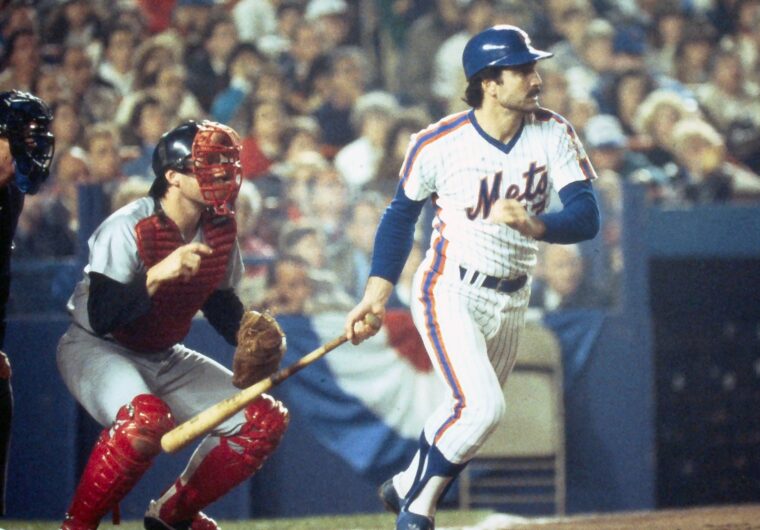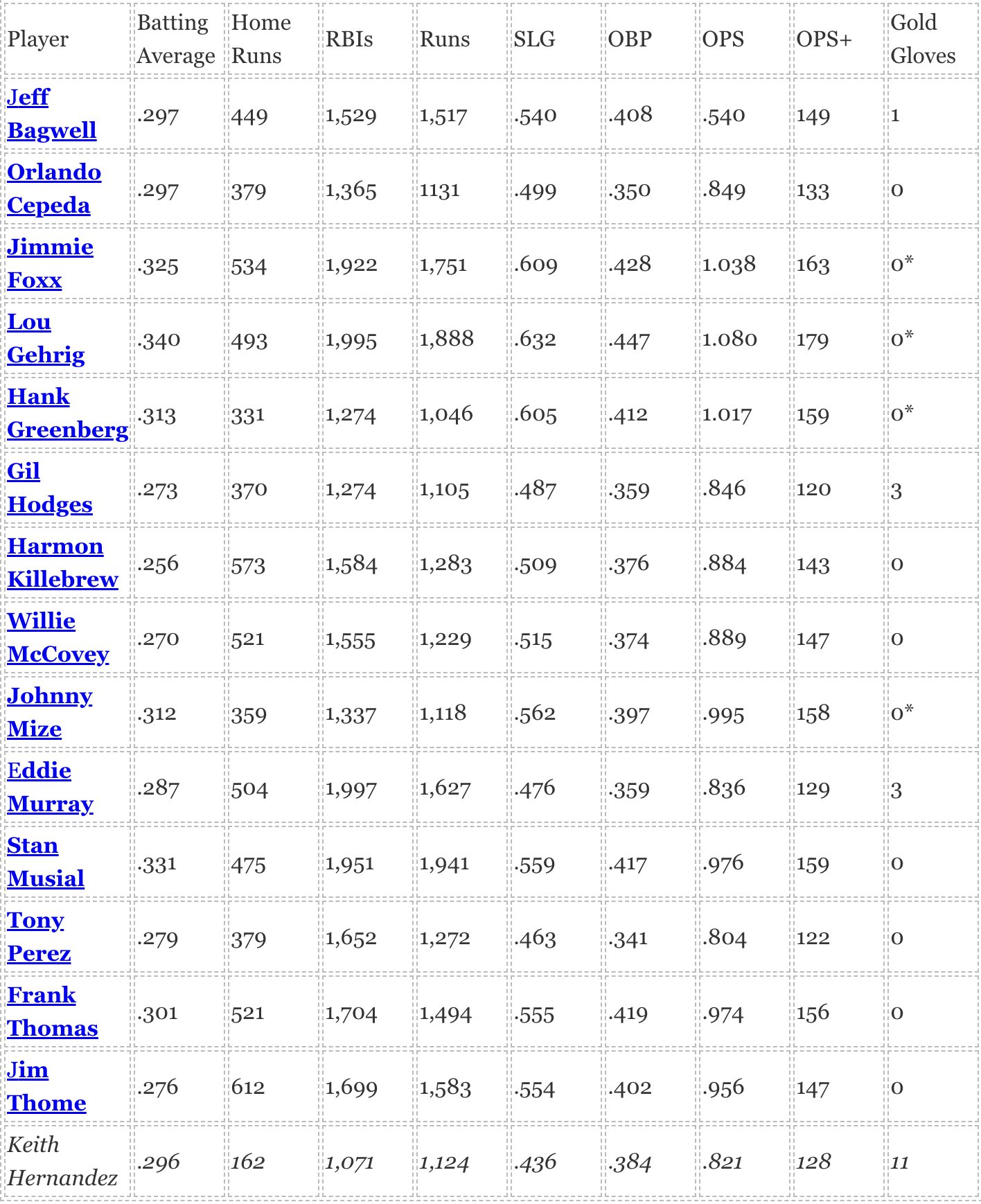
Photo: Westchester News
Keith Hernandez was born on October 20, 1953 in San Francisco, CA. As he celebrates his 69th birthday, it’s a good time to look back at his career, and once again ask the question often asked about him, should he be enshrined in Cooperstown?
Few players have had a bigger impact on the New York Mets than did (and does) Hernandez. Tom Seaver is the franchise icon, and he rightfully has been honored with a statue outside Citi Field. Gary Carter was an important piece of the 1986 championship. Dwight Gooden, Darryl Strawberry, David Wright, and Jacob deGrom, as home-grown Mets, have made strong contributions to the team over the years. However, Hernandez’s impact is up there with all of them who are not named Seaver, and Keith maintains his relationship with the Mets in the broadcast booth to current day, bringing a style that is both informative and delightfully quirky.
The journey Hernandez took to the Mets has been well-chronicled. He was a co-MVP in 1979, and a key cog in the St. Louis Cardinals’ championship team in 1982. Soon after, he fell out of favor with the Cardinals, particularly manager/general manager Whitey Herzog. The first baseman was traded to the Mets on June 15, 1983. He cried when he joined the team that he and his former teammates had called the “Stems”. After some convincing from his dad, Hernandez signed with the Mets before the 1984 season and led the blue and orange to its second World Series title two years later.
Hernandez retired after the 1990 season, which he spent with the Cleveland Indians. Since then, there has been much debate about his worthiness for induction into baseball’s Hall of Fame. While intangibles may factor into Hall of Fame decisions, the primary basis for inductions decisions is career statistics. Let’s take a look at Henandez’s career numbers compared to Hall of Fame first basemen (some of the players spent time at designated hitter, but they are listed as first basemen). There are 26 first basemen in the hallowed hall, however, we will focus on those who played in the modern era (1920 and later).

*Player played before 1957 when the Gold Glove became an award
Hernandez’s offensive statistics, especially the power numbers, fall short of those of first basemen in Cooperstown. However, his 11 gold gloves stand out. While defense has traditionally been undervalued for Hall of Fame consideration, Hernandez was such a standout defensively that his achievements should be considered.
The Gold Gloves tell a story. Additionally, those who watched him play saw that he was able to turn a game around with his glove and arm. These factors should be weighed more heavily than they seem to be at this point. Consider Ozzie Smith, who is in the Hall of Fame with an 87 OPS+. Smith won 13 Gold Gloves and is probably the best defensive shortstop in history. If he can get in, why can’t Hernandez? Playing first base is obviously a factor, as Keith’s positional peers generally put up better offensive statistics than do shortstops.
The Mets retired Hernandez’s number 17 on July 9, 2022. That honor was well-deserved. The next step for Hernandez would be enshrinement in Cooperstown. He has an uphill battle, and as long as offense rules for first basemen, he may never get the call. That is a shame because Hernandez was among the dominant first baseman in the game from the late 1970s through the mid-late 1980s.
Regardless of Cooperstown, Hernandez is a beloved former Met, who once led the team on the field, and now entertains the fans daily with his knowledge, sarcasm, and wit.
Here’s an MMO hat tip and birthday wish to number 17, Keith Hernandez.















